It is impossible to imagine a modern home without electrical appliances. Therefore, every house, apartment, rooms and non-residential areas must be equipped with a significant number of access points to the power grid - sockets. With the development of technology, new, more advanced models are being produced to replace the original versions - external, double, with the provided grounding.
- When can you install surface-mounted sockets
- Recommendations for location, use
- Electrical outlet device
- Constructive varieties
- Degree of protection
- Socket selection
- Installation of sockets
- Power outage
- Site marking and preparatory activities
- Attaching the working part
- Preparing the wires
- Features of the terminal device
- Mechanism connection
- Cover installation
When can you install surface-mounted sockets
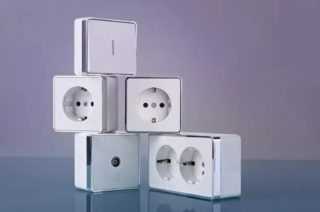
To make the right choice and choose the right devices, you need to understand what are the main differences between overhead (external) type devices and internal ones. The most significant points:
- For outlets of the first type, all key parts are located inside a plastic case.
- Overhead models do not require surface chamfering.
- Outdoor devices do not require an additional niche or socket.
When developing the initial plan, such access points are usually not provided, if it is possible to make built-in, less visible devices. The disadvantage is the significant "bulge" relative to the wall. However, in some cases, an external outlet is the only option:
- Finishing work has been completed, but there is a need for a power access point in a new location.
- The coating does not provide for chipping: tiles, tiles, panels.
- The thickness of the walls makes it impossible to hide devices and wires.
Users and professionals alike point out some disadvantages during operation. For example, rapid wear and loss of the original appearance of the equipment. In case of damage, you can get an electric shock - all key elements are outside.
Recommendations for location, use
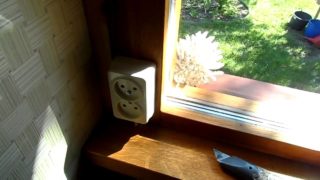
An outdoor outlet is considered an excellent option for private residential buildings and outbuildings: a barn, a garage, greenhouses, an outdoor kitchen, and other open areas). For such structures, it makes no sense to lay a separate cable and conduct an electrician. Devices and wires are attached to small nails.
When installing an external socket with grounding, it is necessary to take into account the passability of the area of the room. It is impossible to fix the device next to the door frames, it is advisable to “cover” it with furniture: for example, behind a writing or dining table - access and additional protection.
Electrical outlet device

The invoice socket has a simple structure, which differs little in different models. Required elements:
- The case is an external protective part, made of plastic: it burns quickly, the cheap one emits toxins when heated; polycarbonate: the best option is heat-resistant, durable; ceramics: more reliable, does not heat up, minus - fragility. On the inside, the current-driving elements are attached.
- Direct mechanism - brass or bronze elements in the complex. The latter are extremely rare, but more reliable. Mandatory part is grounding: protects equipment and users from electric shock.
- The panel is the external detail that defines the design. In most cases, polycarbonate, expensive "designer" models can be made of glass, wood, metal and other materials.
The external double socket has no distinctive elements. Thanks to a simple device without the need for chipping and finishing, self-installation is available without the involvement of professional electricians.
Constructive varieties
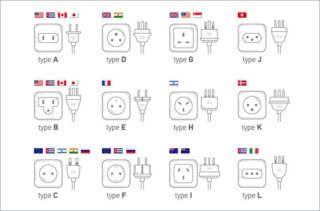
The variety of types of equipment requires an appropriate number of types of grounding sockets. This is especially striking for travelers - there are twelve standards for the production of such devices. For example, devices with plugs from Russia will not be able to be used in Israel, England, Switzerland and many other countries.
An important point is the technical characteristics: voltage, frequency. The classic version - an overhead electric double socket with a nominal value of 220V - is designed for devices with a power of up to 3.5 kW. The limitation is due to the fact that household equipment cannot cope with amperage above 16A.
Also, access points to the power grid differ in number per modular unit. Single and double sockets are often used, less often triple and quadruple.
Modern devices are complemented with related functions. For example, an RCD is built in or equipped with special curtains that hide holes from children and dust.
Degree of protection
The level of protection for sockets inside and outside the premises is different. It is marked on the case with the letters IP and numbers. The first is protection from solid pollution, the second - from liquid pollution. It is important to take these parameters into account when installing devices on the street, in rooms with high humidity (sauna, bathroom). Suitable data is from IP44 to IP68.
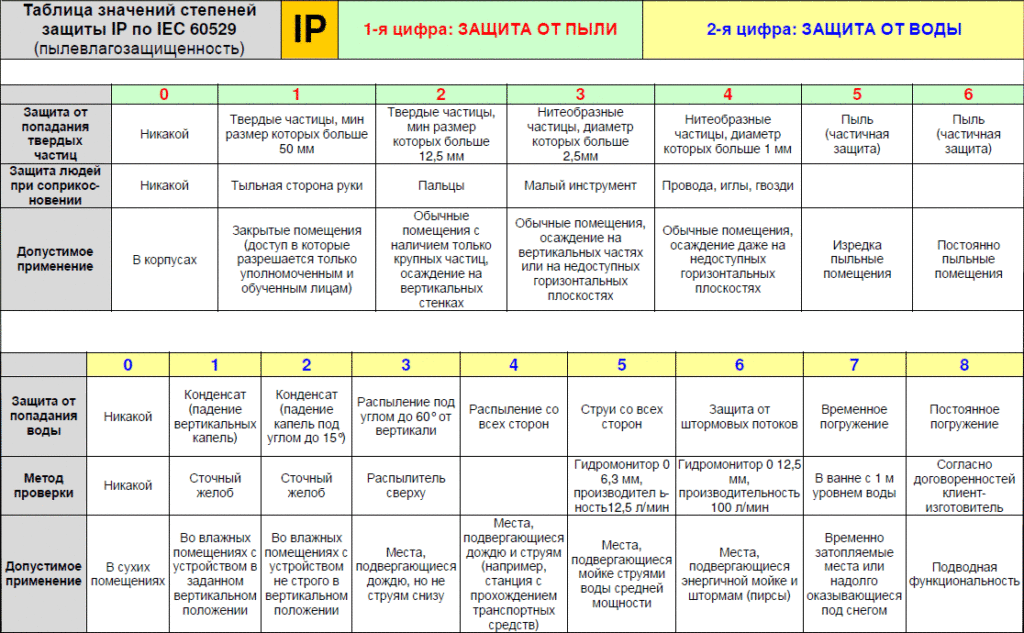
An overhead socket with a cover is more suitable for outdoor installation, especially if you plan to use it infrequently. It is forbidden to buy cheap options - low-quality materials with a low margin of safety can lead to fire, short circuit, and other problems.
Socket selection
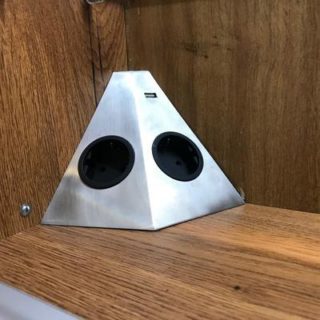
Before buying, you need to find out the voltage and current values in the existing network. An important point is the way of fixing the cables. Screws are more durable, keyboards weaken quickly. Device categories:
- single - size height / width up to 7/5 cm, one plug;
- corner;
- double - connectors for two plugs;
- sockets with additional protection: shutters that automatically close the entrances;
- decorative models - thin, different shapes, colors, materials.
Double sockets with grounding are selected in accordance with the conditions of use, the indicators of the electrical network.
Installation of sockets
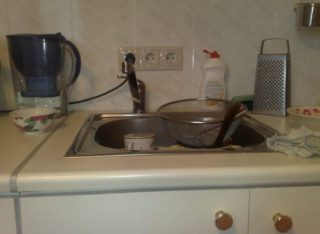
The wires are led to the outdoor unit without wall chasing, fixed with small studs with hooks. Special plastic channels save from damage. The bottom is fixed with skirting boards with recesses for cables. Laying recommendations:
- can not be installed next to heating devices, stove;
- from water sources - at least 30 cm;
- the height is calculated taking into account the needs of the users.
Recently, sockets are often installed near switches.
Power outage
Compliance with safety standards and requirements is the first item. De-energize the area where the socket will be connected and installed. The power is turned off on the landing, if the installation is carried out in the apartment, the switches of the machine are switched to the “off” position.
If in doubt about the right plug, you must turn off each one in turn and check for the presence of electricity in the existing sockets and switches.
Site marking and preparatory activities
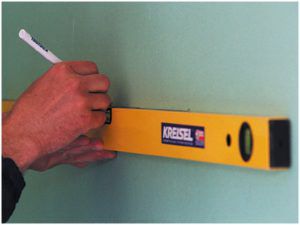
It is necessary to prepare the outlet: remove the top cover, push back the latches (for example, with a screwdriver). Then the device is divided into parts - the panel, the main mechanism and the body.
On the wall, first of all, mark the places for the fastening holes.You can align using a special device - a level. Marks are made with a pencil, then connectors are made (with a drill, drill). Dowel-nails are used for concrete walls, screws are used for wooden coverings.
Attaching the working part
After preparing the holes, you can proceed to the direct fixing of the socket. The mechanism is installed and leveled, secured with dowels and screws. Check the tightness of the base - pull, move. Distances and movements should not be.
Preparing the wires
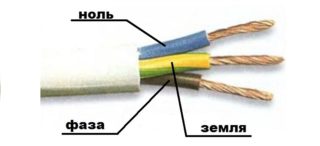
Cable - fixing and wiring is one of the most crucial stages in connecting an outlet. The wires inside must be stripped at least 1 cm until a metal core appears. The device has three types of wires:
- phase - red, sometimes black or brown;
- zero - blue, blue and white;
- for grounding - green with yellow.
Prepared cables are passed through the recesses in the housing, if necessary, shortened to the required length.
Features of the terminal device
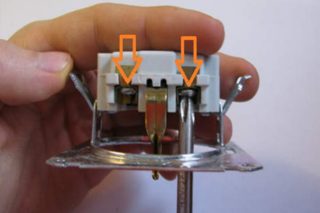
Terminals are special clamps or screws that hold the bare part of the cable product against the conductive plate. It is better to choose sockets with screw terminals. Clamps quickly fail - due to constant pressure, they weaken, as a result of which contact is lost. It is no longer possible to fix such an outlet; a complete replacement is required.
Mechanism connection
If only two cable guides are installed in the building wiring - phase and zero - the third will remain unclaimed. The socket cannot be grounded. If there is a three-core wire, it is required to determine the grounding and insulate it.
Cables are connected by color. The correctness of the connection can be checked with a multimeter or other similar devices.
Cover installation
The external panel is fixed in different ways, depending on the type of socket installed. The classic version - a white plastic block - must be placed over the body and pressed until it clicks.
Checking the work is the final stage. They turn on the machines on the common house transformer, check the contacts with a special device or by directly turning on the equipment. In the second case, if the connection is incorrect, the device may burn out.
Installing an outlet is a simple procedure. If you first familiarize yourself with the safety rules and requirements, study the structure of the device, everyone can connect an additional external power supply.








